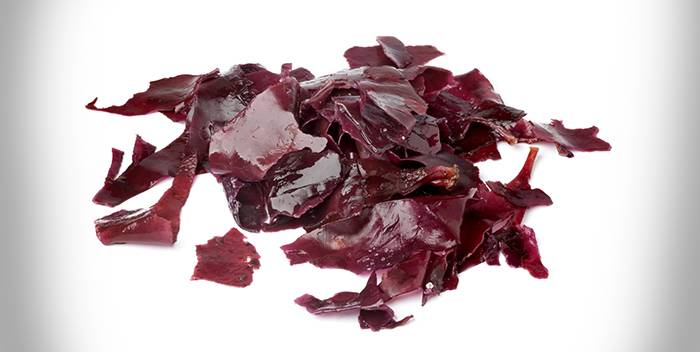Sea Veggies Anyone?
Have you heard? Seaweed is on the table this year challenging our beloved kale! Sea vegetables have been used in Asian cuisine for hundreds of years, but we are just catching on to this nutrient-dense superfood in our western culture. It’s flying off shelves because it is full of minerals, great for the skin, and, most notably, a rich source of iodine. Iodine may help to regulate the thyroid (please talk to your doctor about how much iodine is safe for you). We can get too little or too much. Getting enough of this vital mineral can be tough because most of us steer clear of iodized table salt. If the thought of eating something that tastes like the sea makes you cringe—don’t worry! There are plenty of different types of seaweed to try and so many recipes to create!
Need some advice on incorporating these gems from the ocean into your diet? Look no further. Below is a list of different types of seaweed and how you might use them in your diet. And no, it doesn’t mean you have to eat sushi every day to reap the amazing benefits of sea vegetables.
Agar Agar is perfect for the person who does not like the sea flavor of most sea vegetables. It is clear and flavorless, but it creates a gelatin when heated with water. You can use it to make puddings, pies, and, even, a healthy version of Jell-O.

Arame is actually the most iodine-rich sea vegetable, and it looks like black, thin, dried pasta. Before cooking it, it is important to soak it in warm water for 10 minutes or so. Then, you can put it in salads, omelets, or stir-fries.
Dulse comes in a few different forms (leaves, flakes, and powder). I prefer to use the flakes on salads—especially ones that are dressed with lemon and olive oil. The lemon compliments the salty flavor of the dulse.

Kelp Noodles are the new zoodles! You can use them just as you would use pasta, and they can be eaten raw. So good!
Nori is probably the most popular of all of the seaweeds as it is the papery green thing used to wrap your favorite sushi rolls. You can easily make your own at home with hummus, raw veggies, and avocado.
Wakame is most widely used in miso soup. You must rehydrate wakame before eating it. Also, try it in soups, vegetables dishes, and salads.
